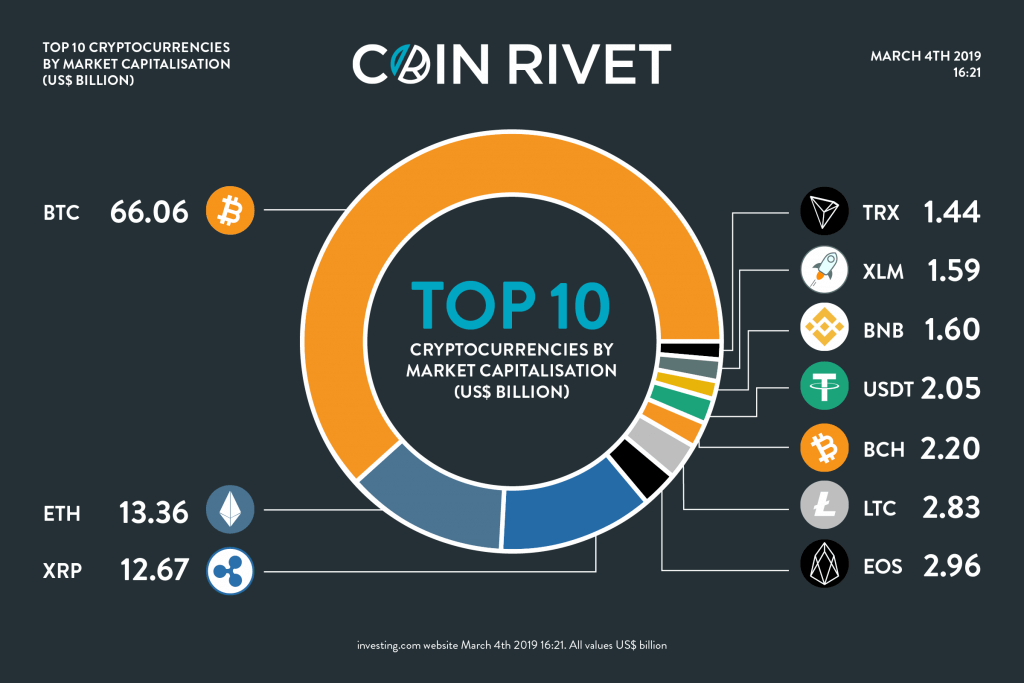Jamie dimon cryptocurrency
Bitcoin’s economic model is simple. There will only ever be 21 million Bitcoin in existence. This number is set in code. With only 21M to circulate among 7.5B people around the world, there is not enough Bitcoin to go around. https://eheilung.com/does-homeopathy-really-work-lets-see-if-it-does/ This scarcity is one of most important drivers of Bitcoin’s value.
In February 2024, the Pi Core Team hosted a Pi Commerce hackathon to specifically encourage and support community developers building Pi apps that allows Pioneers to search for Pi-powered businesses locally and businesses to offer Pi-based payments, discounts, loyalty, and related programs. The hackathon concluded with two winning apps and two honorable mentions.
Until the network hits a critical mass of 5M members, Pi will operate under a provisional governance model. This model will most closely resemble “off-chain” governance models currently employed by protocols like Bitcoin and Ethereum, with Pi’s Core Team playing an important role in guiding the development of the protocol. However,, Pi’s Core Team will still rely heavily on the input of the community. The Pi mobile application itself is where Pi’s core team has been soliciting community input and engaging with Pioneers. Pi embraces community critiques and suggestions, which is implemented by the open-for-comments features of Pi’s landing page, FAQs and Whitepaper. Whenever people browse these materials on Pi’s websites, they can submit comment on a specific section right there to ask for questions and make suggestions. Offline Pioneer meetups that Pi’s core team have been organizing will also be an important channel for community input.
Cryptocurrency market cap
The top crypto is considered a store of value, like gold, for many — rather than a currency. This idea of the first cryptocurrency as a store of value, instead of a payment method, means that many people buy the crypto and hold onto it long-term (or HODL) rather than spending it on items like you would typically spend a dollar — treating it as digital gold.
The two major changes are the introduction of the Merkelized Abstract Syntax Tree (MAST) and Schnorr Signature. MAST introduces a condition allowing the sender and recipient of a transaction to sign off on its settlement together. Schnorr Signature allows users to aggregate several signatures into one for a single transaction. This results in multi-signature transactions looking the same as regular transactions or more complex ones. By introducing this new address type, users can also save on transaction fees, as even complex transactions look like simple, single-signature ones.
Bitcoin’s source code repository on GitHub lists more than 750 contributors, with some of the key ones being Wladimir J. van der Laan, Marco Falke, Pieter Wuille, Gavin Andresen, Jonas Schnelli and others.
NFTs are multi-use images that are stored on a blockchain. They can be used as art, a way to share QR codes, ticketing and many more things. The first breakout use was for art, with projects like CryptoPunks and Bored Ape Yacht Club gaining large followings. We also list all of the top NFT collections available, including the related NFT coins and tokens.. We collect latest sale and transaction data, plus upcoming NFT collection launches onchain. NFTs are a new and innovative part of the crypto ecosystem that have the potential to change and update many business models for the Web 3 world.
However, while Nakamoto was the original inventor of Bitcoin, as well as the author of its very first implementation, he handed the network alert key and control of the code repository to Gavin Andresen, who later became lead developer at the Bitcoin Foundation. Over the years a large number of people have contributed to improving the cryptocurrency’s software by patching vulnerabilities and adding new features.
China cryptocurrency
By mid September, US President Donald Trump announced tariffs on $250 billion worth of Chinese imports, while threatening a further $267 billion-worth. In 2017 China exported $505.5 billion in goods and services to the US, versus $130 billion from the US to China. China has vowed to retaliate with counter-tariffs. But as the smaller importer, China will need to go beyond its trade ammunition. One strategic move China could make is to release its dark horse: a digitalized renminbi (RMB).
These pro-blockchain, anti-cryptocurrency policies are a step in the right direction, given that the public still lacks the right understanding. Although, in the short term, they limit retail investor funding in highly speculative start-ups, they allow, in the longer term, higher calibre and better-resourced players to unlock real value from the technology. One such company is Alibaba, who in April 2017 decided to establish the very first blockchain industrial zone, nicknamed the Blockchain Valley, located at Alibaba’s Hangzhou HQ. Their pathway is now followed by other major tech companies establishing their own blockchain R&D centres, often in collaboration with one of over 150 Chinese blockchain-enabled companies.
Although blockchain can survive on the internet independently of regulation, the technology cannot become a mainstream platform without governmental support, public recognition and integration with leading technology sellers. Governmental support is essential to creating a inclusive ecosystem – and in March 2017, Australia released the “Roadmap for Blockchain Standards”, which cemented its position as the country with the most advanced regulatory framework around the technology. ICOs and exchange operators are already completely legal in the country, while June 2017 the Commonwealth Science and Industrial Research Organization submitted two reports to its Treasury illustrating the potential risks and benefits of blockchain technology on Australian society and industry.
Recent regulatory advances, including the release of the Markets in Crypto-Assets (MiCA) provisional agreement in the EU and the release of the Framework for International Engagement on Digital Assets in the US, signal a desire to provide regulatory clarity in this space. In the future, the adoption of cryptocurrencies and stablecoins will most likely be correlated with the level and quality of regulation in a given jurisdiction. As regulatory certainty influences economic behaviour, large economic regions like the EU and the US are making strides to provide initial direction.
